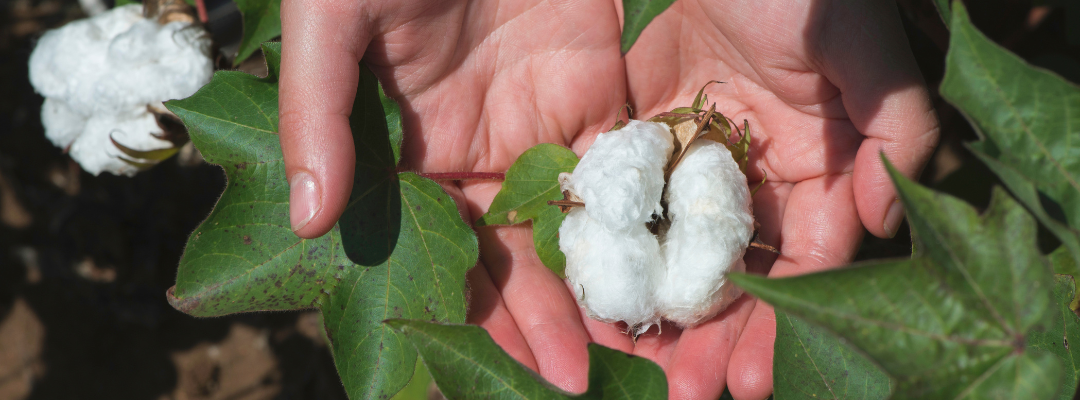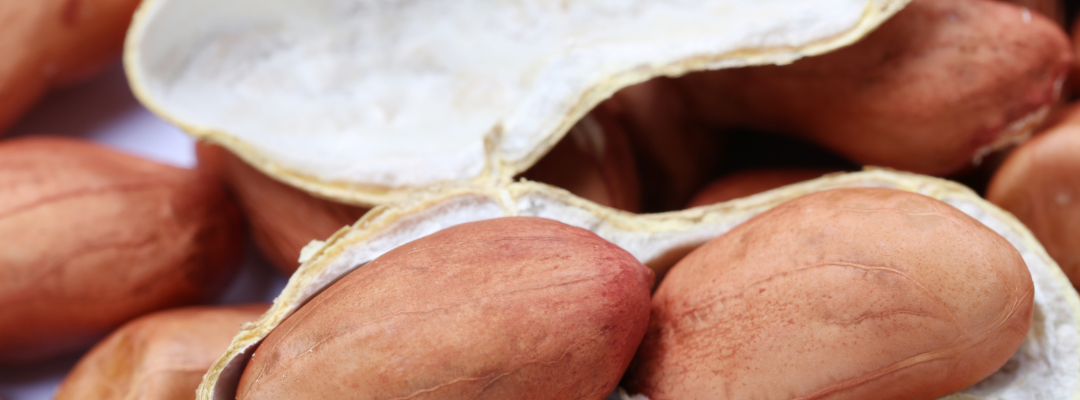On June 30, USDA released the June Acreage and Grain Stocks reports. The Acreage report is a survey-based estimate of planted acres for primary crops. The producer survey is conducted the first two weeks of June. The Grain Stocks report provides survey-based estimates for corn, soybean, wheat, and sorghum stocks, which includes producers and commercial grain storage facilities. Survey respondents indicate stocks held on their operation as of June 1.
Comparing estimated June 2022 to 2021 final planted acreage estimates: corn was down 3.4 million acres, soybeans up 1.1 million acres, wheat up 0.4 million acres, cotton up 1.2 million acres, sorghum down 1 million acres, rice down 0.19 million acres, and peanuts down 42 thousand acres (Figure 1). Combined, planted acreage for the seven crops is projected to be 1.91 million acres lower than in 2021.
Compared to USDA’s March 2022 Prospective Plantings report, the June Acreage Report indicated an increase of 431,000 acres of corn, soybean acres decreased 2.63 million acres, wheat decreased 259,000 acres, cotton increased 264,000 acres, sorghum increased 100,000 acres, rice decreased 109,000 acres, and peanuts decreased 28,000 acres – a combined decrease of 2.2 million acres. The majority of the reduced acres planted were for soybeans in North Dakota (1.1 million) and Minnesota (500,000). However, future USDA acreage adjustments remain likely due to delayed planting, primarily in the Northwest Corn Belt States.
The June Grain Stocks report indicated, year-over-year, corn stocks were up 5.7% and implied disbursement from March 1 to June 1 was down 4.9%; soybean stocks were up 26.3% and implied disbursement from March 1 to June 1 was up 21.1%; wheat stocks were down 21.9% and implied disbursement from March 1 to June 1 was down 21.8%; and sorghum stocks were up 195.7% and implied disbursement from March 1 to June 1 was down 10.2%.
What are the market implications for producers moving forward?
Markets were declining prior to the release of the USDA reports (Table 2). Recent market declines can be attributed to global economic concerns, improved weather forecasts, higher global production estimates, and a reduction in long speculative positions in futures markets. The reports provided a mix of bearish and bullish estimates.
Looking forward, there remains a great deal of uncertainty with the 2022 crop. However, it is likely that the preharvest highs for corn, soybeans, cotton, and wheat have already been set. As such, producers should evaluate the amount of 2022 production that is unpriced (or does not have downside price protection), storage availability, and investment in the crop. Margins have tightened dramatically and may be negative for many producers, if below trendline yields are realized. Crop insurance will provide some protection and will be an important risk management and marketing consideration moving forward. The harvest price for wheat (Chicago) was set at $10.11 compared to a current (July 5) futures price of $7.93. The projected price for corn ($5.90), cotton ($1.03), and soybeans ($14.33) are all higher than the current harvest contract prices – $5.78, $0.93, and $13.16, respectively. The price collapse of the past two weeks has created a new marketing and risk management environment for producers. Now is the time for producers to evaluate where they stand with their current risk management and marketing plans and make adjustments to establish a path forward.
Figure 1. USDA NASS Planted Acreage Estimates, March, June, and Final for Corn, Soybean, Wheat, Cotton, Sorghum, Rice, Peanuts, and Combined, 2018-2022 (million acres)

Table 1. USDA Estimated Corn, Soybean, Wheat, and Sorghum Stocks, March 2021 to June 2022

Table 2. Corn, Soybean, Wheat, and Cotton Harvest Futures Contract Prices for Select Dates

References:
Barchart.com. Corn, soybean, cotton, and wheat futures prices. Accessed at: https://www.barchart.com/futures/grains?viewName=main
U.S. Department of Agriculture – National Agricultural Statistics Service (USDA-NASS). June 30 Acreage Report. Available on-line at: https://usda.library.cornell.edu/concern/publications/j098zb09z.
U.S. Department of Agriculture – National Agricultural Statistics Service. June 30 Grain Stocks Report (USDA-NASS). Available on-line at: https://usda.library.cornell.edu/concern/publications/xg94hp534.
U.S. Department of Agriculture – Risk Management Agency (USDA-RMA). Price Discovery. Available on-line at: https://prodwebnlb.rma.usda.gov/apps/PriceDiscovery/.
Smith, Aaron, and William E. Maples. “The USDA June Acreage and Grain Stocks Report.”Southern Ag Today 2(30.1). July 18, 2022. Permalink








